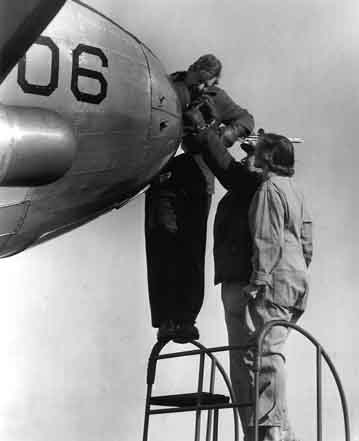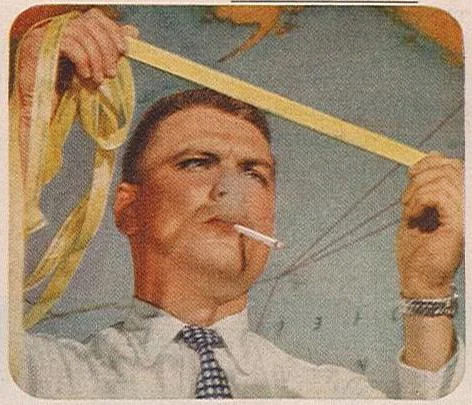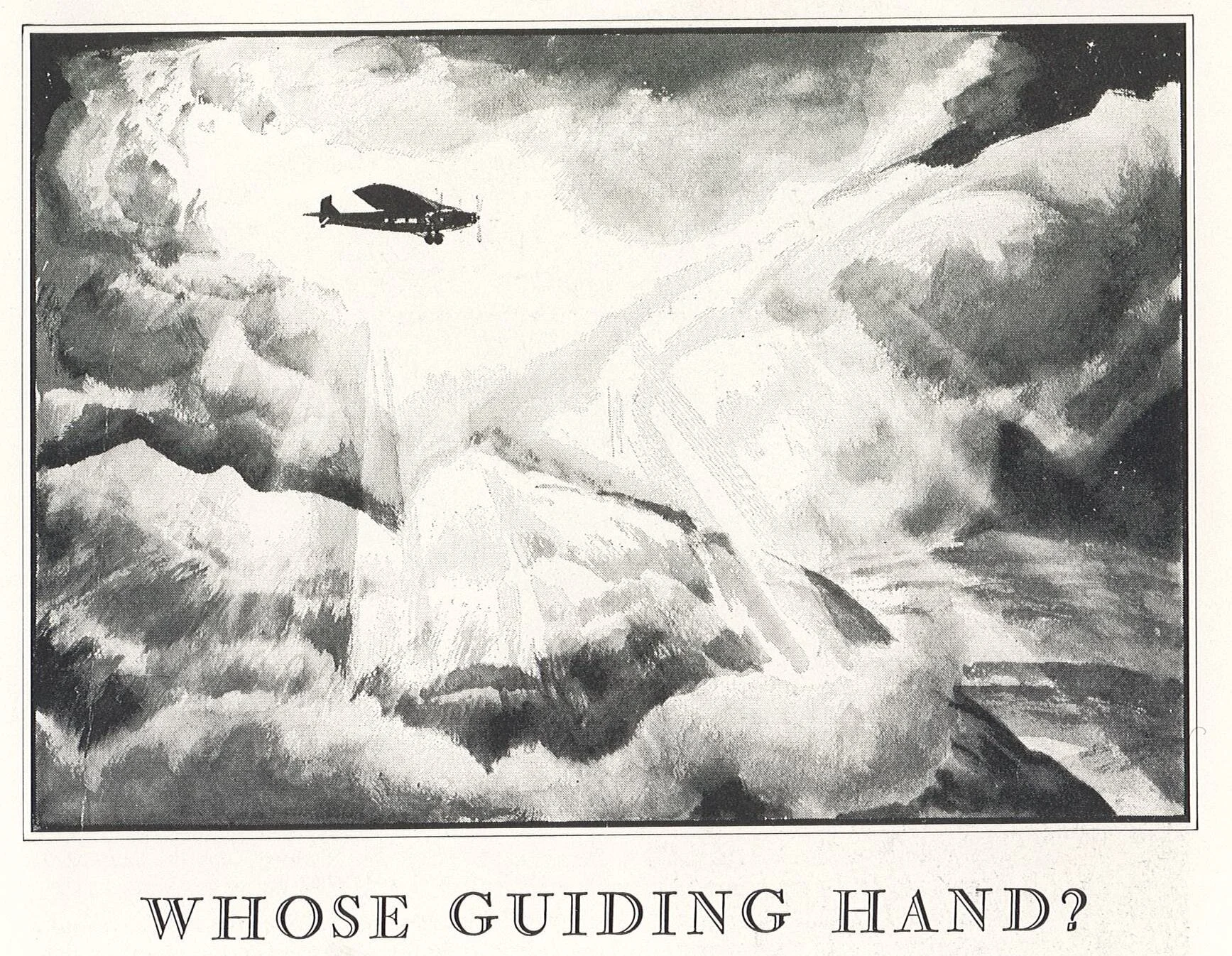Disappearing Women
Joanne Simpson, her back to the camera, is present but elusively visible in the AMS’s Tape Recorded Interview Project. Other women are missing entirely. Image Source: NASA History Office
My last post gathered stories about Carl-Gustaf Rossby selected from the AMS’s oral history collection, the Tape Recorded Interview Project. Most of the stories were cheerful recollections of Rossby’s charisma, his ebullient personality, and his theoretical insight. American atmospheric scientists remember Rossby as a founding genius of modern meteorology, invoking his name to celebrate the discipline’s most distinguished researchers. The post mostly reinforced that image.
But two-thirds of the way through, I tried to make another point, possibly too subtly. I chose to juxtapose two remembrances with rather different tones. Both came from former Rossby students, both of whom went on to have important careers in meteorology.
Here they are:
Joanne Simpson: I had originally started doing my Ph.D. with Rossby, who had been my Master’s supervisor. But firstly, he was very unencouraging because of the woman situation and he didn’t think there was any future at all for women in meteorology. Then I was trying to do the kind of dynamics that he and Victor [Starr] and George Platzman and the others were doing. I wasn’t very good at it, and I wasn’t very interested in what I was able to do.
Chester Newton: There was a restaurant, a famous gourmet restaurant in Brussels called l’Epaule de Mouton, … Palmen had confided to me that after I got my PhD that it had been in fact awarded in l’Epaule de Mouton. These guys were great on eating wonderful food, drinking wonderful wine, finishing with a cognac and a cigar. And that's where the real serious business got done, and I think it was decided between Rossby and Palmen, and Byers, that the time had come when I could get my degree.
Both stories reveal the arbitrary power that Rossby wielded as a senior professor in the 1940s and 1950s. While Chester Newton’s story serves primarily to reinforce the image of Rossby as bon vivant, it also reveals how the social approval of leading men controlled access to the profession’s crucial credential. As Joanne Simpson’s story shows, that approval was not equally available to women.
Joanne Simpson is one of only six women included so far in the Tape Recorded Interview Project, and the only one who was part of the weather cadet generation that makes up the bulk of the interviews. (There's also a 1996 program on Women in Science that hasn't been transcribed or digitized, so I can't tell you about it.) Simpson was, famously, the first American woman to earn a Ph.D. in meteorology. She later persuaded Rossby’s junior colleague Herbert Riehl to take her on as a doctoral student, despite Riehl’s own admission that he was poorly qualified to advise on her dissertation topic. She became a leading researcher on tropical storms and hurricane modification.
Meteorology’s sexists succeeded in keeping down most other women during the later 1940s. We know that qualified women were actively excluded from jobs in meteorology solely because of their gender. Other women made important contributions to meteorological research, but did not get opportunities to take the independent leading roles that defined “distinguished” careers. These women include Dorothy Bradbury, as well as Mildred Boyden Oliver and Harriet Rodabush Newton, both of whom were married to male meteorologists.
These exclusions also point to the limits of the Tape Recorded Interview Project as a historical source. The Interview subjects were only people who completed significant careers in atmospheric science; with no attention to people who were actively pushed out along the way. Even within the small number of women who did make distinguished careers in atmospheric science research, there are notable omissions. Pauline Morrow Austin (d. 2011) and Florence Van Straten (d. 1992) were not interviewed, for instance.
Professional historians Kristine Harper and Ron Doel have sought to reduce this inequity by interviewing Margaret Smagorinsky in 2006, exploring both her own work in programming numerical weather models, and her husband Joseph Smagorinsky’s work in conceptualizing them.
All historical sources have limitations, and I’ll continue to use the TRIP oral histories, just being careful to remember their omissions and exclusions. Even such limited sources can offer intriguing glimpses into missing stories.
Learn More
- J.M. Lewis, "Waves Forecasters in World War II (with a Brief Survey of Other Women Meteorologists in World War II)," Bulletin of the American Meteorological Society (November 1995): pp. 2187-2202
- Margaret W. Rossiter, Women Scientists in America, Volume 2: Before Affirmative Action, 1940-1972 (Johns Hopkins University Press, 1998).
Image Source
NASA History Office, SP-4312: Dreams, Hopes, Realities, ch. 5: "Exploring the Earth."





